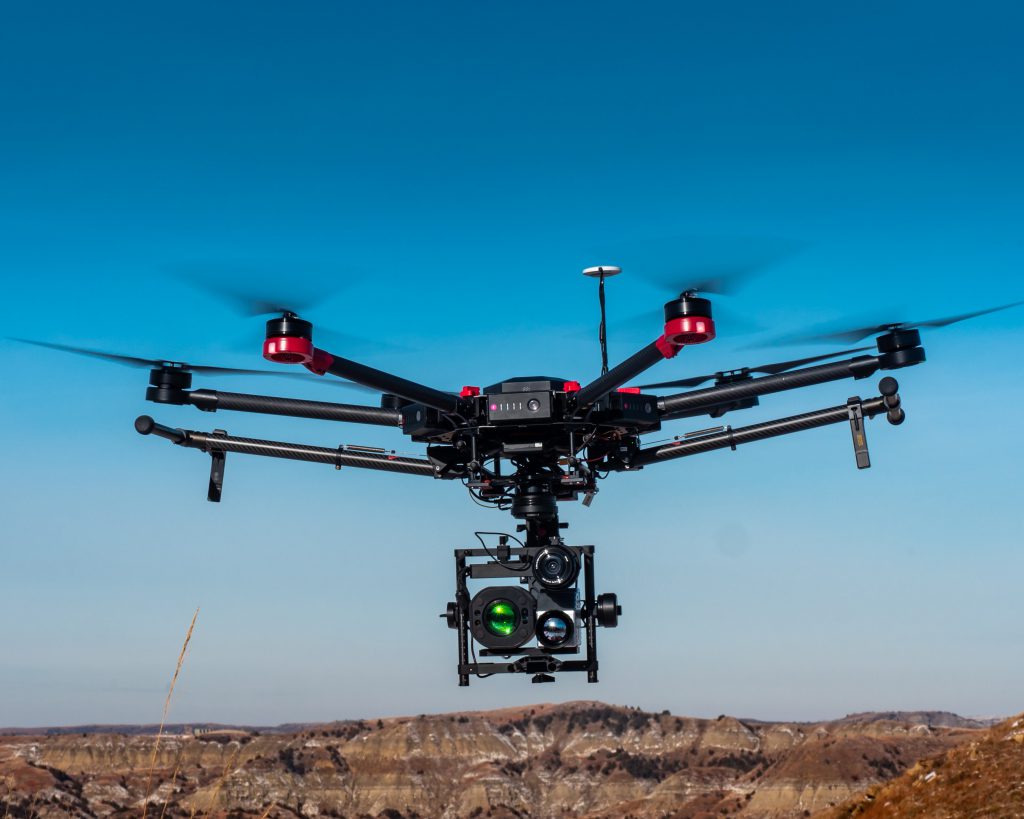The Federal Aviation Administration has announced new rules for drone operators that will ease restrictions on the overall use of drones and address security concerns making drones easier to track. The updated regulations announced by the Federal Aviation Administration “get us closer to the day when we will more routinely see drone operations such as the delivery of packages”, FAA Administrator Stephen Dickson stated. These rules come at a time when drones represent the fastest-growing segment in the entire transportation sector, with currently over 1.7 million drone registrations.
“I am happy to see the FAA implementing changes to Part 107 that reflect both current safety data and comments from the public. The introduction of these new regulations should ease some of the burdens of those operating sUAS, while still keeping safety of the public, at the forefront. The new rules take us a few more steps forward in the process to fully integrate UAS into the National Airspace System”, said Zackary Nicklin, NCAT Co-PI and Northland Community and Technical College UAS Program Manager. Nicklin also co-leads the FAA UAS College Training Initiative, a program designed for universities, colleges and technical programs by the FAA to recognize institutions that prepare students for careers in UAS.
The first new regulation released late last month is the new Operations Over People Final Rule. This rule is the next incremental step in BVLOS and drone delivery operations. Up until this point, operations over non-participating parties (those without a crew function) was absolutely verboten without going through an extensive waiver process that included mitigations such as being equipped with a parachute recovery system, meeting the specifications of ASTM F3322-18 Standard Specification for sUAS Parachutes. The new rule outlines four categories within which operations over people may be conducted:
Cat 1 sUAS must weigh .55 lbs. or less and have no exposed, rotating parts that can cause lacerations in the event of contact with a person. Further, aircraft must be compliant with remote ID requirements in order to operate, in sustained flight, over open-air assemblies. Means of compliance (MOC) and a declaration of compliance (DOC) are not required.
Cat 2 operations include aircraft over .55 lbs. that do not fall under Part 21. They must also meet remote ID requirements for sustained flight over open-air assemblies and cannot cause injury to a human being greater than what would be caused by a rigid object imparting 11 foot-pounds of force. They must not have exposed rotating parts that can cause lacerations and be free of safety defects at the time of flight. This will require a means of compliance (MOC) and a declaration of compliance (DOC).
Cat 3 cannot operate over open-air assemblies but can operate over a person under one of two conditions. The first condition allows operations if the people are within a closed or restricted access site and all people within the site are notified of the chance that a sUAS may operate above them. The second condition allows for flight over non-participants but limits the operation by not allowing sustained flight over a person unless they are directly participating in the operation, under a covered structure or inside a stationary vehicle. This will also require a means of compliance (MOC) and a declaration of compliance (DOC).
Cat 4 aircraft must have an airworthiness certificate under 14 CFR Part 21 and follow all limitations set forth in that airworthiness certificate by the Administrator. Another big change is the ability to transit and sustain flight over moving vehicles. Closed or restricted sites allow for sustained flight over moving vehicles while open access sites allow only for transitions. Prior regulations required an operator to time their transit across a busy roadway with a break in traffic.
Wrapped within the Ops Over People rule are two other changes that will arguably affect even more people. The recurrent exam will no longer exist. Rather than going into a testing center, shelling out $150 and sitting for another exam every two years, an online recurrency training will be implemented at no cost.
There will be some changes to the content of the initial Remote Pilot exam and the recurrent training. These changes include information regarding night operations. The Daylight Waiver (107.29) is one of the most granted waivers by the FAA. The FAA should reduce some of their waiver caseload with this rule as it allows for flight at night, without a waiver, if you have taken the new initial exam or new recurrent training.
The remote ID rule is relatively straight forward. Nearly all UAS in the National Airspace System will be required to have this capability. The good news is the FAA left out the internet based remote ID wording that was in the NPRM. Remote ID will be broadcast only and there are three ways to meet the requirements.
The first is buying an aircraft already equipped with the appropriate technology. Manufacturers are required to start producing aircraft with this technology “baked in” within 18 months of the rules effective date. No promises, but it seems that most DJI aircraft will only need a firmware update in order to be considered compliant. The readiness of manufacturers to implement compliant solutions will vary.
If your legacy equipment does not support this, the FAA has outlined specifications for a “bolt on” module that will perform the same function. Size, weight and power requirements of these modules may vary by manufacturer and could have a significant impact on your aircraft’s performance. Operators will have 30 months to comply, from the time these rules are entered into the register.
Finally, aircraft flying within an FAA Recognized Identification Area (FRIA) will allow for flight without remote ID. Applications will be accepted for proposed FRIAs and approved by the FAA if requirements are met. These are typically proposed for community-based flying organizations, such as the AMA, or educational institutions.
NCAT plans to host an upcoming webinar to discuss the new regulations further. Keep an eye out on our website events page for more information to follow.
For resources including webinars from the FAA, visit:


